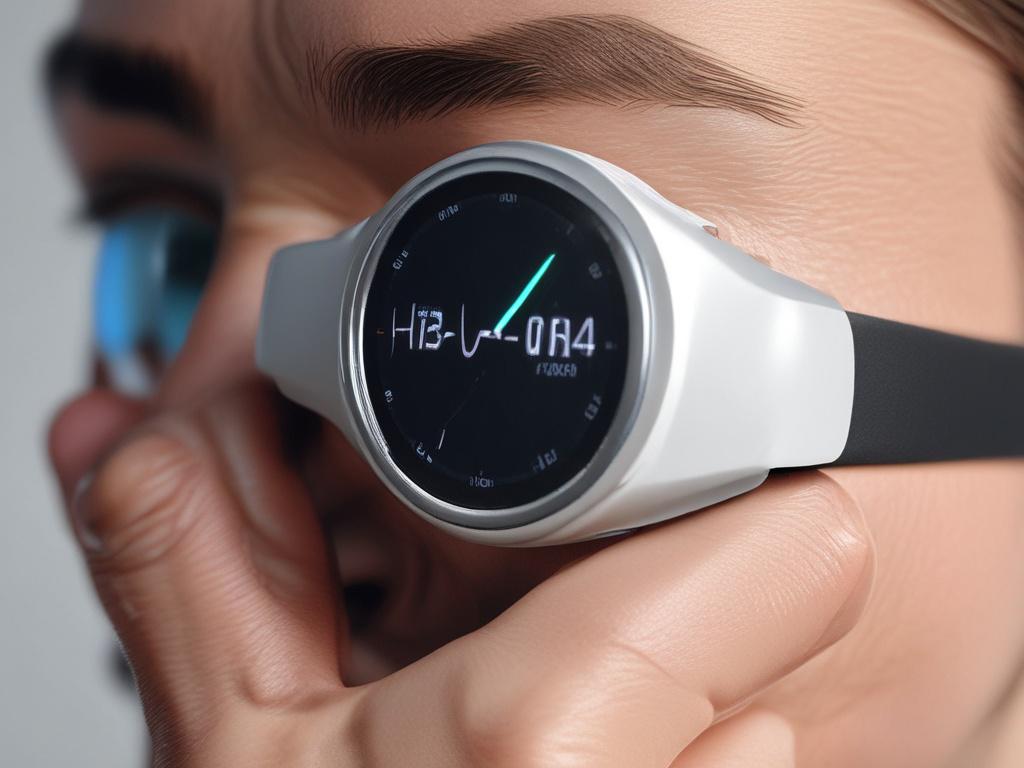by Abdelhadi Rebbaa, Ph.D.
As we age, our bodies become increasingly vulnerable to chronic diseases that significantly impact our quality of life and functional independence. Conditions like cardiovascular disease, diabetes, heart disease, lung fibrosis, neurodegeneration and many other chronic disorders are no longer just part of the aging process, but a real threat to well-being. It is now well established that a major cause of aging-associated diseases is the environment in which we live, filled with numerous stressors that our bodies are constantly exposed to.
These stressors can be both endogenous, arising from internal factors like metabolism and exogenous, coming from the environment around us. Some of the most common stressors include radiation, pollution, infections, smoking, alcohol consumption, poor diet, and even medications. And while we are well-aware of these factors, we are increasingly discovering that there may be other unknown agents in our surroundings that could also be damaging to our bodies. Overtime, these stressors cause oxidative damage to our cells, tissues, and organs, thus leading to the onset of chronic diseases and accelerating the aging process.
The Challenge of Identifying Damage
One of the biggest questions in health and aging research is how we can detect damage caused by these stressors in real time. Being aware of potential damage is essential in avoiding it and preventing long-term health consequences. Traditional wearables such as smart rings, wristbands, and patches track common physiological stress responses, including heart rate, skin temperature, movement patterns, and sleep disturbances. These devices also monitor metabolic changes like glucose and lactate levels, which are often indicators of stress.
However, while these devices are helpful, they primarily focus on physiological stress responses, which are not always linked to the environmental stressors that have a far greater impact on the body. Additionally, many current wearables rely on tracking metabolites found in sweat, something that typically requires vigorous exercise to activate. For individuals with limited mobility, like the elderly, this makes these devices less useful for everyday health monitoring.
A New Approach to Wearable Technology
To address these challenges, there is a pressing need for wearable devices that go beyond tracking physiological stress responses and detect actual damage caused by both known and unknown environmental stressors. The key is to monitor early, universal damage signals that are common across all types of stressors, allowing users to gain real-time insights into how their bodies are being affected.
At Overtimebio, we are developing wearable devices that will seamlessly, effortlessly, and continuously monitor damage signals emanating from the skin. These devices will track damage in real time, regardless of whether the stressor is environmental or physiological. By doing so, users will receive immediate feedback on whether they are being exposed to a known or unknown damaging agent.
Empowering Users and Clinicians
In addition to alerting users of potential exposure to damaging stressors, Overtimebio's wearable technology will generate personalized risk assessments. With time, it will build a unique, lifelong damage profile for each user, helping them make more informed decisions regarding prevention and mitigation strategies. This ability to monitor real-time data will empower users to actively protect themselves from chronic diseases caused by exposure to harmful stressors, ultimately promoting healthier, longer lives.
Overtimebio's technology will also offer tremendous benefits to clinicians. Doctors will be able to use the data from these devices to better assess the safety of treatments, monitor long-term damage profiles in patients, and design personalized solutions to reduce the risk of chronic diseases. The ability to monitor early-stage damage and intervene before more severe health issues arise will be an invaluable tool for preventative medicine.
Furthermore, large-scale user data will be leveraged to develop AI algorithms designed to predict and prevent damage, assess biological aging, and measure health span. By aggregating data from a diverse population, these algorithms will refine health insights and generate new prevention strategies to combat the effects of aging and chronic disease.
Helping First Responders and Public Health
Overtimebio's technology could also play a critical role in helping first responders detect exposure to unknown environmental hazards. For individuals working in high-risk environments, such as firefighters or emergency medical teams, knowing when they have been exposed to harmful stressors could save lives. The real-time tracking of damage signals will provide these frontline workers with vital information, enabling them to take necessary precautions and seek medical attention if needed.
Looking Ahead
The future of wearable health technology holds great promise in revolutionizing how we understand and combat the effects of stress on our bodies. By going beyond tracking typical stress responses and focusing on the damage caused by both known and unknown environmental factors, Overtimebio’s wearable technology offers a new frontier in proactive health monitoring. With this technology, users can gain valuable insights into their health, make informed decisions to mitigate damage, and work in partnership with their healthcare providers to stay healthier for longer.
As we continue to face an increasingly stressful world, understanding how our bodies respond to the myriad of environmental and physiological stressors we encounter will be key to maintaining our health and independence as we age. Overtimebio’s innovative approach is paving the way toward a future where we can all take control of our health and reduce the impact of chronic diseases on our lives.
